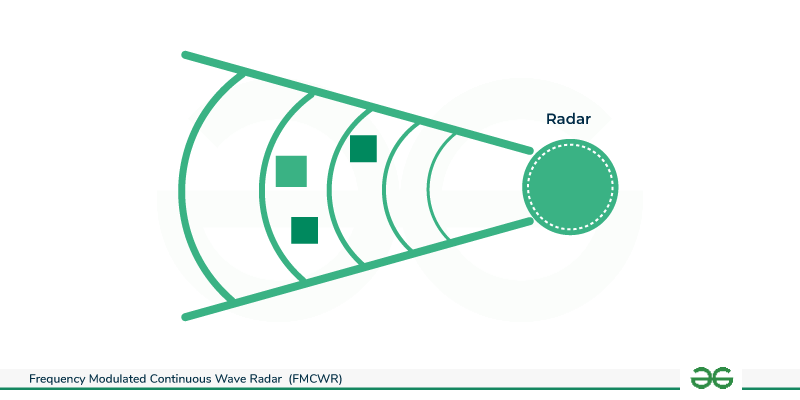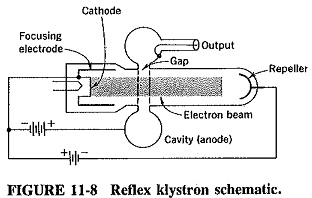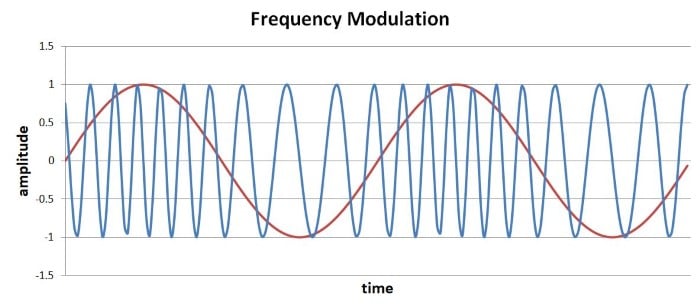A 1959 re-invention of Frequency Modulated Continuous Wave (FMCW) radar
by Jeffrey Pawlan, Chairman of IEEE SCV Life Members Affinity Group, with Alan J Weissberger (member of IEEE SCV Life Members Affinity Group)
Frequency Modulated Continuous Wave (FMCW) radar, is currently a hot topic in the IEEE Microwave Theory and Technology Society. It is a type of radar system that measures distance and velocity by continuously transmitting a radio wave whose frequency changes over time (a “chirp” signal). This allows FMCW radar to determine both the distance to a target and its velocity by analyzing the frequency difference between the transmitted and received signals. It also measures the Doppler frequency (due to the Doppler effect) for calculating the speed of the object.
Below is a short summary of my 1959 invention related to FMCW, but first some historical background and applications:
- The earliest known use of FMCW was in 1920s for ionospheric research.
- First patent for an FMCW radar was filed in 1928 for altitude measurement from an aircraft. – Bentley, J. O., “Airplane Altitude Indicating System,” U.S. Patent No. 2,011,392 , issued August 13, 1935, application August 10, 1928.
- Most theoretical work were published between the late 1940s and early 1960s. – Luck, D. G. C., Frequency Modulated Radar, New York, McGraw-Hill, 1949. – J.R. Klauder, A.C. Price, S. Darlington, and W.J. Albersheim, “The Theory and Design of Chirp Radars,” Bell Syst.Tech. J. 39 (4), 1960, pp. 745–808
- Applications include: Radar altimeter, Radar navigation , Vehicle collision warning systems, Level-indication in tanks, aviation (altimetry, weather), industrial automation (distance, speed, level sensing), and healthcare (vital sign monitoring).
- Its low power, compact size, and cost-effectiveness suit short-range applications, enabling features like blind-spot detection, drone navigation, and non-contact medical measurements.

Advantages of FMCW Radar:
- mm-wave FMCW radars offer high-resolution distance measurement (resolution of 2 cm can be easily achieved over 20-30 meters)
- Measures the target range and velocity simultaneously
- FMCW provide quick updating of measurement compared to pulsed radar system (because FMCW mm-wave radars are continuously transmitting the signal)
- Functions well in many types of weather & atmospheric conditions such as heavy rain, humidity, fog, and dusty conditions.
- Immune to effects from temperature differences or high temperatures.
- Better electrical and radiation safety
- FMCW radars offer a good range compared to other non-radio technologies such as visible or infrared light spectrum or those using ultrasonic waves due to the superior signal propagation.
- Can be mounted invisibly (behind radome)
- Can penetrate into a variety of materials; hence, FMCW radar can be used for measurement or detection of concealed or covered targets
- Better at detecting tangential motion than Doppler-based systems.
My 1959 re-invention of FMCW radar:
Surplus stores were common in large cities like Los Angeles (where I lived) from 1950 to 1970. Those stores purchased World War II radios and parts from the U.S. government at a very low cost. The stores then sold those items to hobbyists and collectors. That’s how microwave radio parts were acquired – mostly by hobbyists.
In most cases, one complete X-band radar unit and one partial unit were purchased. Each unit contained a reflex klystron [1.] for the receiver’s local oscillator. The magnetron in the transmitter was not used because it could’ve generated a dangerous level of RF power. Pieces of WR90 waveguide were used to construct a low-power (20 milliwatts) transmitter with one klystron and a receiver with the other. These klystrons were type 723A/B.
…………………………………………………………………………………………………………………………………………………………………….
Note 1. A klystron is a specialized linear-beam vacuum tube, invented in 1937, which is used as an amplifier for high radio frequencies, from UHF up into the microwave range. A reflex klystron is a low-power vacuum tube oscillator that generates microwave oscillations by using a single resonant cavity and a repeller electrode to reflect an electron beam back through the cavity. The electron beam is velocity-modulated by the cavity, causing electrons to bunch together and produce a microwave RF output as they return through the cavity gap. It consists of an electron gun, a single cavity that functions as both a “buncher” and “catcher,” and a repeller that pushes the electrons back.

…………………………………………………………………………………………………………………………………………………………………….
Frequency Modulation (FM) was used to modulate the signal. This was achieved by adjusting the negative voltage of the klystron tube’s repeller which is a negatively charged electrode located at the far end of the tube from the electron gun. Its function is to create a high negative potential that repels the electron beam, causing it to reverse direction and pass back through the resonant cavity, a process necessary for the device to oscillate and generate microwave energy.

This repeller was approximately -105V at a very low current. I used a vacuum tube radio “B” battery to provide the repeller power. I did not use AC-operated power supplies, because they produced too much ripple which caused an unacceptable amount of hum in the signal. A transformer was placed in series with the repeller voltage.
In my amateur radio experimentation, I used audio from my microphone amplifier. I cannot explain how my brain got the idea that I might be able to make a radar by using triangular wave modulation. I confirmed that idea by looking at the resulting frequency difference of the return microwave signal bouncing off of a nearby wall. It worked!
I modulated the klystron with a triangular wave and then determined the distance to the wall by comparing the timing of the reflected signal with the time of the transmitted signal. The triangular wave varied the wavelength of the signal over time so I could see the time difference based on the point on the triangle waveform. Since I was so young, I did not have access to the previously published papers, patents, and books so I could not copy or reference them. Therefore, I did not invent FMCW radar, but claim I independently re-invented it.
In 1959, I was a subscriber to Microwaves magazine. I penned a short letter to that publication and described what I had done and included a few diagrams. They had no idea that I was only 14 years old. They wrote back a typed letter stating they would like me to submit a full article on this new radar system. The problem for me was that even though I was excellent at reading even technical books, I was absolutely terrible expressing myself in writing. So I did not reply to them. I saved that letter from the editor of Microwaves magazine for decades but when I moved the last time I threw it out.
………………………………………………………………………………………………………………………………………………………………………………………………….
Postscript:
At 79 years old, I recently designed a unique antenna feedhorn for 47 GHz. I submitted a 12-page write-up to the Microwave Journal which will publish it in 2026.
References:
https://data.cresis.ku.edu/education/tutorial_2006/fmcw_6-28-06_1pm.pdf
https://www.everythingrf.com/community/what-is-a-fmcw-radar



What a great explanation of how FMCW works and a great story of a curious and tenacious 14-year-old young man!